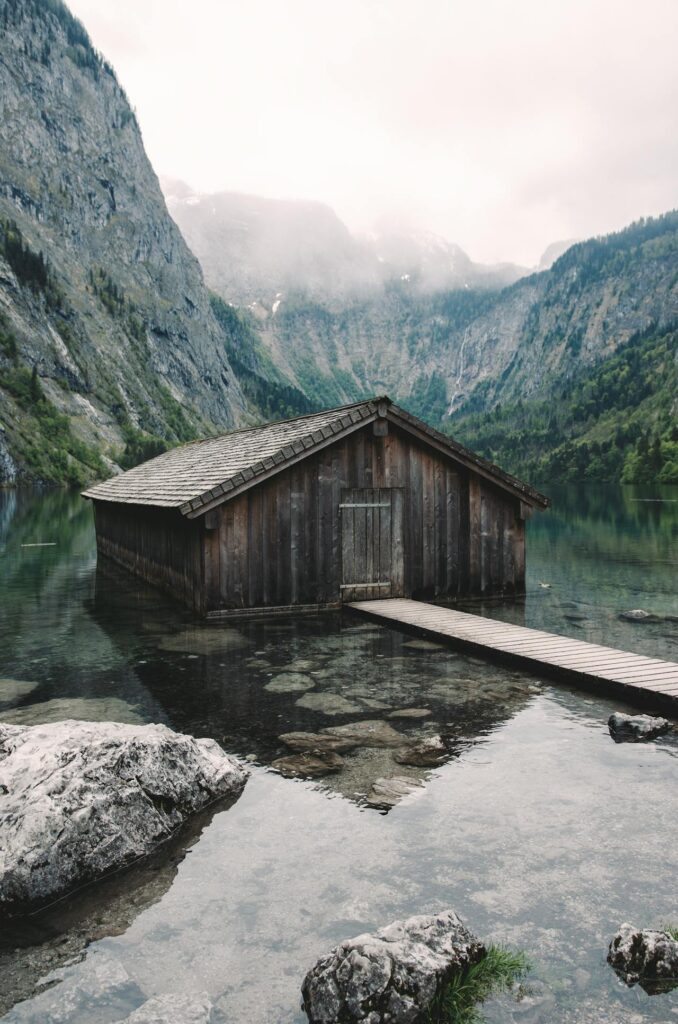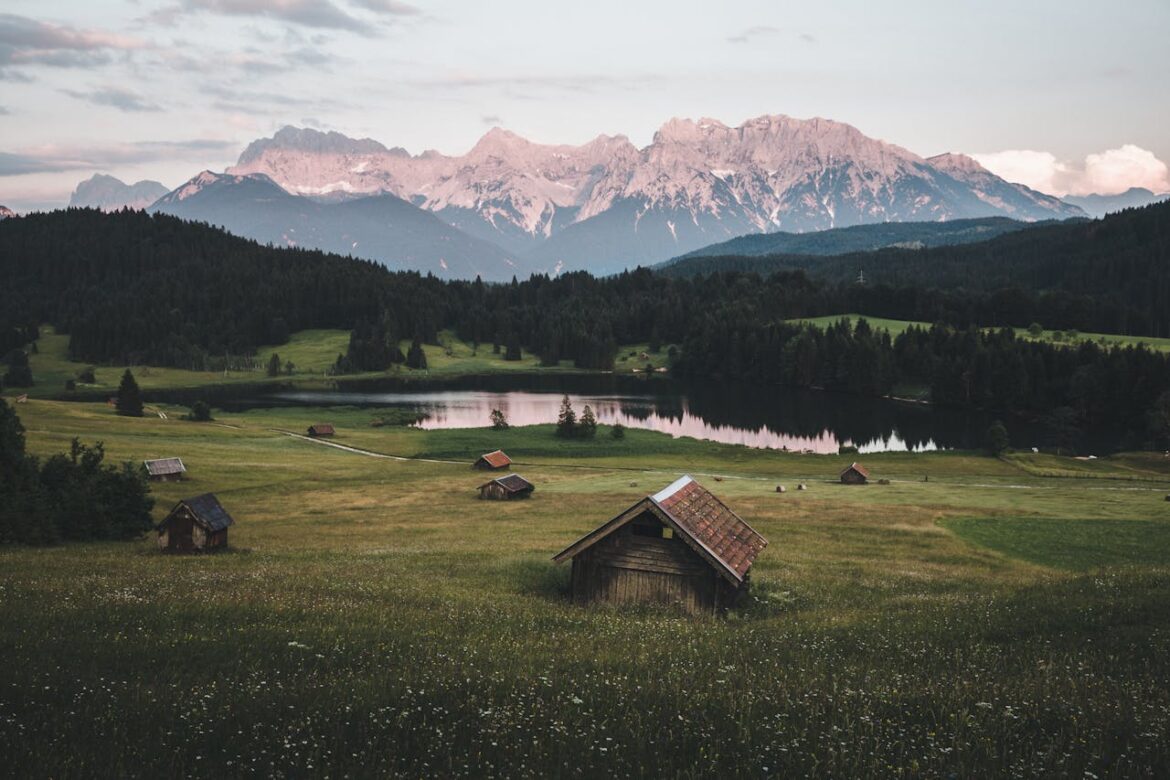Table of Contents
Landscape photography is one of the most rewarding forms of photography. It allows you to capture breathtaking views, powerful skies, and the true essence of nature. Yet, many beginners and even intermediate photographers make small mistakes that completely change the impact of their images.
This blog post will guide you step by step on how to be professional in landscape photography, from composition to technical camera settings. It’s worth reading because you’ll not only learn rules of composition, but also understand how to use depth of field, horizon placement, light, and stability to transform average pictures into professional-quality photographs.
Why Is Landscape Photography So Popular?
Landscape photography has become extremely popular because it allows photographers to express creativity while connecting with nature. Whether it’s mountains, forests, oceans, or deserts, every place has a unique story.
For many, it’s not just about capturing a scene; it’s about sharing an emotion. A sunrise photo might inspire hope, while a stormy sky can evoke power. That emotional connection is why viewers stop scrolling when they see a strong landscape photo.
Additionally, unlike studio photography, landscapes are accessible to everyone. You can start practicing just outside your home. This accessibility has made landscape photography attractive to both beginners and professionals.
Where Should You Place the Horizon in Landscape Photography?
One of the most important rules in landscape photography is horizon placement. The horizon divides your frame, and where you place it controls what the viewer focuses on.
Professionals recommend never placing the horizon exactly in the middle. Why? Because a centered horizon makes the image static and dull. Instead, place the horizon along the top or bottom third of your frame.
Here’s a simple comparison:
| Horizon Placement | Resulting Effect | Professional Tip |
|---|---|---|
| Middle of frame | Boring, flat, no energy | Avoid unless symmetry is intentional |
| Top third | Emphasizes land and ground details | Great for mountains, fields, and forests |
| Bottom third | Highlights sky and atmosphere | Ideal for sunsets, clouds, and dramatic skies |
This simple change can instantly make your photographs more professional.
How Can You Use the Rule of Thirds Effectively?
The rule of thirds is the backbone of composition in landscape photography. It divides your frame into nine equal parts with two horizontal and two vertical lines.
Placing important elements (mountains, trees, rivers) along these lines or at their intersections creates balance and visual interest. For example, a tree in the center looks plain, but a tree placed at the left third immediately looks more artistic.
Think of your frame as a storytelling canvas. The rule of thirds helps you guide your audience through that story without overwhelming them.
Should You Highlight the Sky or the Land More?
Every scene is different, and deciding whether to emphasize the land or the sky is crucial. The key is to ask yourself: What is more powerful in this moment?

If the clouds are dramatic, storms are forming, or the sunset is glowing, highlight the sky by placing the horizon very low. On the other hand, if the foreground has colorful flowers, rolling hills, or unique textures, give land the majority of the frame.
Example breakdown:
| Scene | What to Highlight | Horizon Placement |
|---|---|---|
| Puffy clouds in blue sky | Sky | Very low in frame |
| Desert with leading lines | Land | Upper third |
| Reflection in a lake | Both | Center works if symmetry is clear |
Balancing land and sky effectively transforms a simple capture into a storytelling masterpiece.
What Are the Best Camera Settings for Landscape Photography?
Professional landscape photography requires using the right settings for sharpness and depth. You can’t rely on automatic mode for everything.
Key settings to consider:
| Camera Setting | Recommended Value | Why It Matters |
|---|---|---|
| ISO | 100–200 | Reduces noise and gives clear, sharp images |
| Aperture (f-stop) | f/8–f/16 | Ensures wide depth of field, everything looks in focus |
| Shutter speed | Adjust based on light | Controls exposure and avoids over-bright photos |
Always shoot in RAW format if possible. RAW files give you more flexibility in post-processing without losing quality.
How to Use Depth of Field for Sharper Photos?
Depth of field refers to how much of your photo remains in focus from front to back. For landscapes, a large depth of field is almost always better.
To achieve this, use a smaller aperture (larger f-number like f/11 or f/16). This makes both the foreground and background sharp. A wide aperture like f/2.8 would blur the background, which is better for portraits, not landscapes.
Remember, small apertures need more light. That’s why photographers often use a tripod to prevent blur when shooting with higher f-stop numbers.
When Should You Use a Tripod in Landscape Photography?
A tripod may feel inconvenient, but it’s one of the best tools for landscape photography. It ensures stability and prevents blurry images caused by handshakes.
You should especially use a tripod in these situations:
- Low light conditions (sunset, sunrise, night photography)
- Long exposure shots (waterfalls, rivers, star trails)
- When using heavy lenses
- For HDR photography requiring multiple shots
Comparison:
| With Tripod | Without Tripod |
|---|---|
| Sharper, steady images | Risk of blur from shaking |
| Easier to compose | Hand fatigue from holding camera |
| Allows long exposure creativity | Limited to quick shutter speeds |
How Does Light Influence Landscape Photography?
Light is the soul of photography, and landscapes are no exception. The same mountain can look dull at noon and magical at sunset.
Photographers often talk about the “golden hour”—the time just after sunrise or before sunset. Light during these hours is soft, warm, and creates long shadows that add depth.
Equally important is the blue hour, which occurs just before sunrise or after sunset. The cool tones add mood and atmosphere, perfect for dreamy landscapes.
Can You Apply These Rules to Buildings, Mountains, and Trees?
Yes! Landscape photography principles are not limited to nature. They work equally well for architecture, mountains, and even cityscapes.
For buildings, place them along the lower two-thirds of your frame, with sky occupying the upper third. This composition gives buildings strength and balance. For mountains, emphasize either the peaks against the sky or the textures of the land below.
Even with trees, you can make a single tree the hero by using the rule of thirds or framing it against dramatic skies.
What Common Mistakes Should Beginners Avoid in Landscape Photography?
Even with great equipment, many beginners fall into traps that reduce the quality of their photos.
Common mistakes include:
- Placing horizon exactly in the middle without reason.
- Ignoring foreground interest, making photos look flat.
- Over-editing with unnatural colors.
- Forgetting to clean lenses, leading to dust spots in skies.
By avoiding these mistakes, your work instantly looks more professional.
Quick Summary of Professional Landscape Photography Tips
- Place the horizon along top or bottom third, not the middle.
- Use the rule of thirds for balance and storytelling.
- Decide whether sky or land deserves focus.
- Keep ISO low for sharper images.
- Use aperture f/8–f/16 for maximum depth of field.
- Carry a tripod for stability and long exposures.
- Shoot during golden hour or blue hour for magical light.
- Apply rules to buildings, mountains, and trees.
- Avoid over-editing or ignoring composition basics.
- Always think about what emotion your photo conveys.


